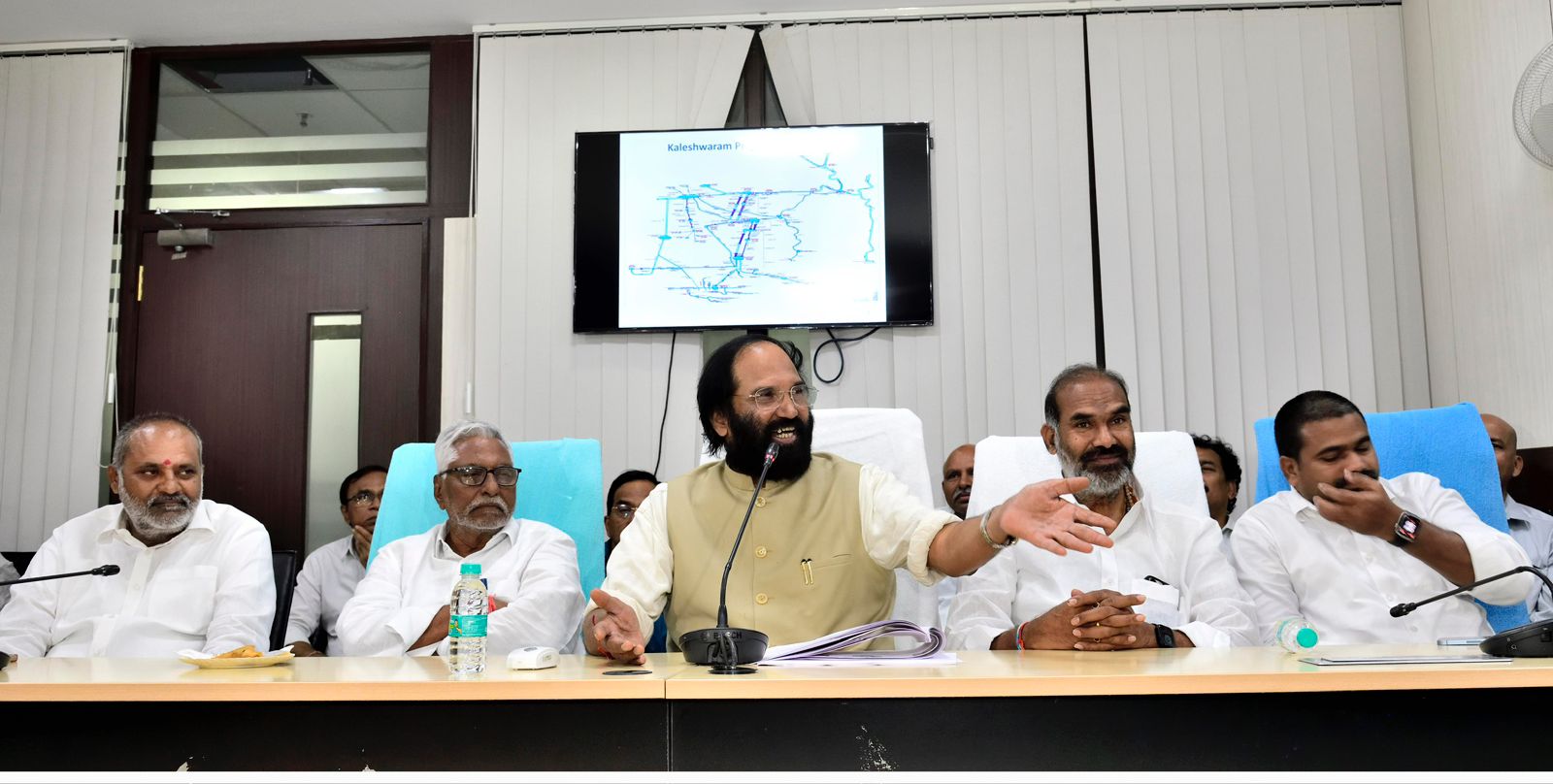Space research gets a deeper push

Riding on the success of Chandrayan-3 and brimming with confidence, India ventures into its ambitious space mission to the Sun when it launches Aditya-L1 tomorrow 2 September 2023 from Sriharikota. These two missions differ on one count; while in Chandrayan 3 mission measurements and observations are ground-based on the moon’s surface, Aditya-L1 will be the first space-based Indian observatory to study the sun. Why it is so? Two primary reasons: i) the sun is too hot with its core temperatures reaching 15 million degrees Celsius, even the temperature in its outer atmosphere called corona the temperature is around 1 million degrees Celsius, so nothing survives there, and 2) the sun is too far at a distance of about 150 million km from earth. If it is so, then the second question would be, can’t we study the sun from earth-based observatories instead of going to space? In principle yes, some studies are being done the world over from Earth but there are limitations to understanding the sun’s activity due to Earth’s atmosphere and magnetic field that acts as a shield against sun’s radiations, solar winds, and cosmic rays from deep space. Let us understand this. The sun is the primary source of energy for us and without this, life on earth cannot exist. The sun’s energy has extreme negative and positive impacts on mankind. At one end of the spectrum, it can be extremely destructive and at the other, it can be extremely useful, if harnessed properly like in communication technology where micro and radio waves are used.
The Sun constantly influences our earth with strong radiations, heat, and constant flow of charged particles called solar wind and magnetic fields that can severely harm us. While a small exposure to these radiations will help produce Vitamin D essential for our existence or helps plants and other organisms grow through photosynthesis processes, large exposure, especially to high energy radiations like gamma, X-rays, and ultraviolet rays, can cause damage to cells in organic matter that include human beings leading to sunburns or even cancer. Fortunately, Earth’s atmosphere and its magnetic field act as gatekeepers and repel this unwanted energy trapping most of it at a safe distance in space. But Earth’s shield is not a perfect defense and variations in solar wind sometimes lead to geomagnetic storms and threaten our space assets like spacecrafts and astronauts. Today, our space is a crowded place with thousands of satellites orbiting the earth for communication, earth observation, technology development or demonstration, navigation and positioning, earth sciences, and other purposes. Our everyday life depends on the health of these satellites. Unlike Earth, there is no protection shield for these space assets that are directly exposed to the sun’s activities like solar flares and Coronal Mass Ejection (CME), which are extremely dangerous and can affect the functioning of satellites disrupting communication and navigation systems with catastrophic results. Hence, space-based missions are required that can help in making direct in situ measurements of solar activities so that a defense mechanism can be worked out against such hazards.
Keeping in view these threats several missions have been launched by NASA and European Space Agency (ESA) in the last six decades. Later, JAXA (Japan Aerospace Exploration Agency) joined NASA and ESA and launched the Solar and Heliospheric Observatory (SOHO) in 1995. A few other solar missions were also launched by JAXA in collaboration with NASA in the last two decades. China too, joined the solar research when the Chinese Academy of Sciences (CAS) successfully launched an Advanced Space-based Solar Observatory (ASO-S) in 2022. The race to the Sun is heating up in the last few years with NASA launching its Parker Solar Probe in August 2018 that flew through the Sun’s upper atmosphere called the corona, and sampled particles and magnetic fields there. This is the nearest point that any spacecraft has ever come near the sun. The Aditya-L1 mission is planned to study the sun from an L1 point in space that is 1.5 million km from Earth. L1 point is a position in space on the Earth-Sun line where an object tends to stay because the combined gravitational pull of the Sun and Earth roughly balance each other forces facilitating the object to stay put at the same place. There are five such points in space from L1 to L5 in Sun-Earth configuration and are named after Joseph-Louis Lagrange, an Italian mathematician. The Aditya spacecraft will revolve around the sun in a halo orbit around the L1 point and will make measurements with onboard instruments.
A halo orbit is one where the plane of the orbit around the L1 point will always face the sun while the spacecraft is taking a revolution around the sun. This allows onboard instruments to make direct and uninterrupted measurements of the sun throughout its mission.
Aditya-L1 mission is carrying a suit of seven scientific payloads to spatially resolve solar disks in near UV band, detect and observe CME and solar flares to understand its dynamics, and finally study directional and energy anisotropy of solar wind using multi-direction observations. All these observations are possible only, if measurements are done in situ directly facing the sun at a point that is far away from the influence of Earth’s magnetic field. The studies will lead to a better understanding of some unresolved science questions like Coronal Heating and Solar Wind Acceleration, initiation of CME, flares and near-earth space weather, coupling and dynamics of solar atmosphere, and distribution of solar wind and temperature anisotropy. All seven science payloads are indigenously designed and developed by different laboratories in collaboration with ISRO like the Indian Institute of Astrophysics, Bangalore, Inter-University Centre for Astronomy & Astrophysics, Pune, Space Physics Laboratory, Vikram Sarabhai Space Centre, Thiruvananthapuram, U R Rao Satellite Centre, Bangalore and Laboratory for Electro Optics Systems, Bangalore. The journey of the Aditya-L1 spacecraft to the sun will begin tomorrow when the PSLV-C57 rocket will liftoff from Satish Dhawan Space Centre at Sriharikota. The spacecraft will be initially placed in a low earth orbit that would be made elliptical before launching it towards the L1 point using onboard propulsion. As it exits Earth’s Gravitational Sphere of Influence (SOI) the cruise phase will follow and finally, the spacecraft will be injected into a large halo orbit around the L1 point. The total travel time from launch to L1 point would take about four months and the duration of the mission will be five years. Go Aditya Go! The whole of mankind will be waiting to watch your successful rendezvous with L1 point in space in January 2024. Bon Voyage. (Today’s edit is penned by Dr RK Chadha, former Chief Scientist of CSIR-NGRI – EDITOR)



